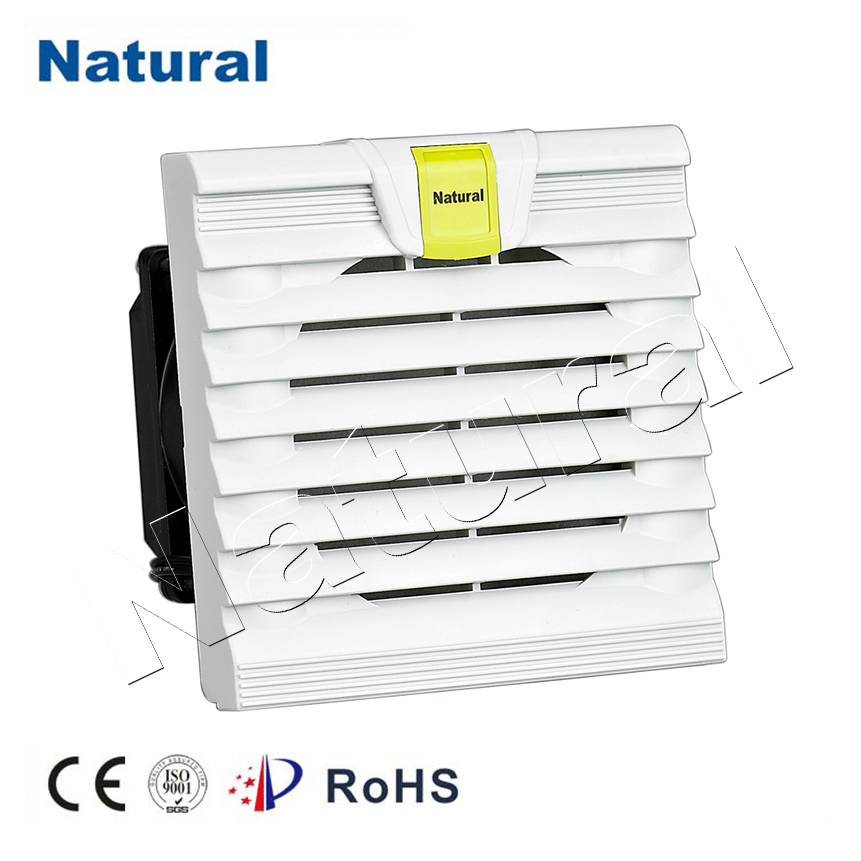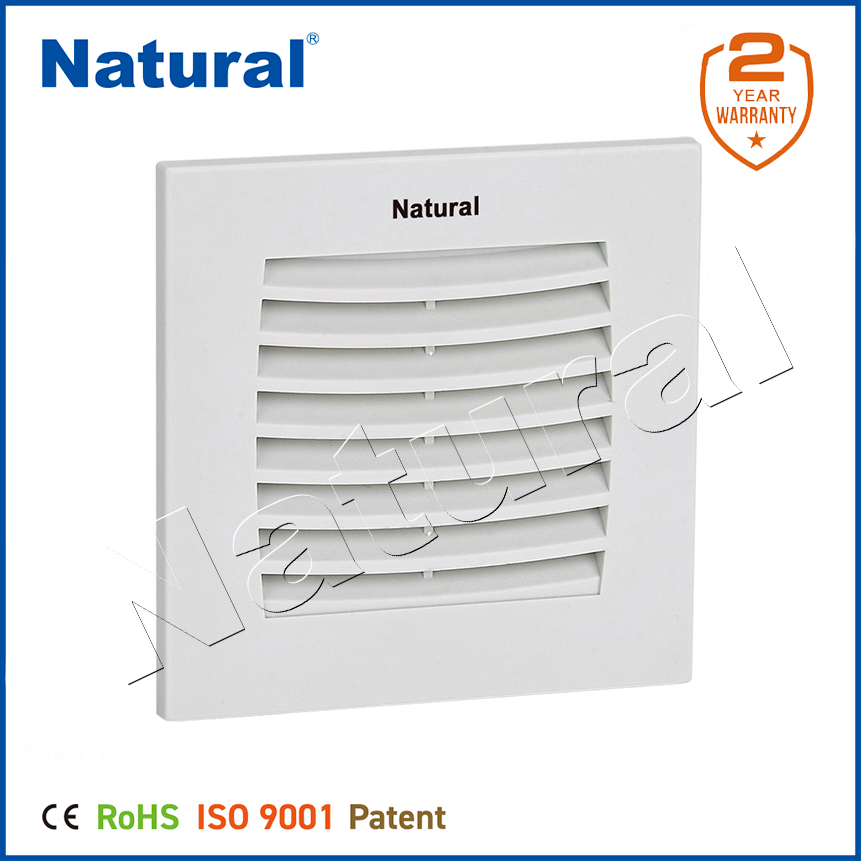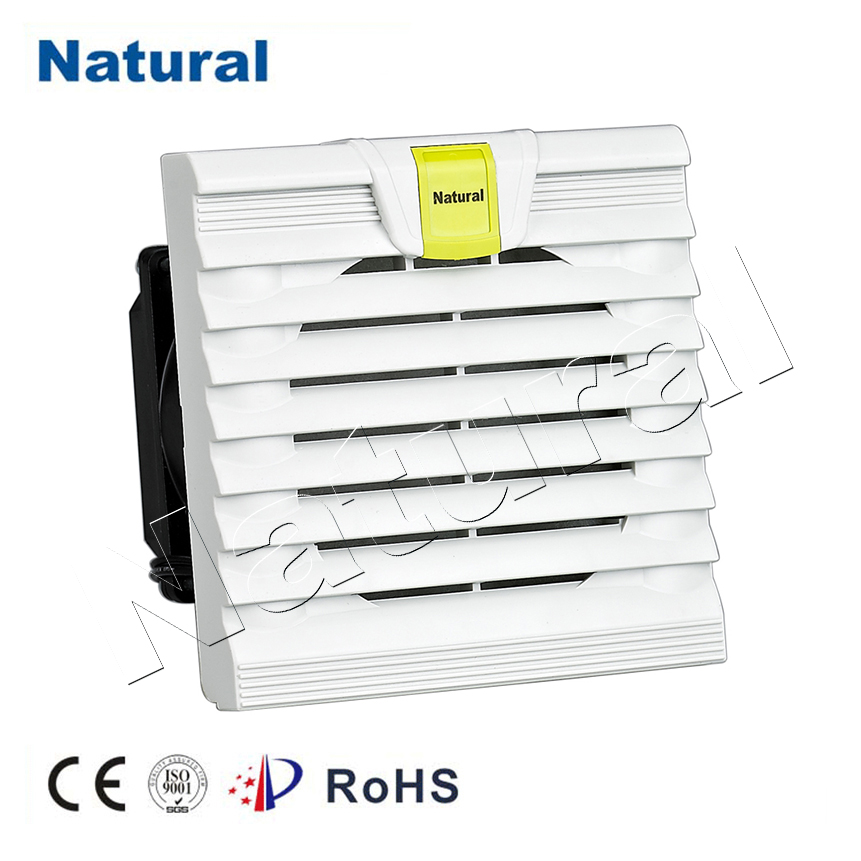In modern electronic systems, ensuring the proper functioning of sensitive components is crucial for maintaining performance and longevity. One of the most significant challenges in this regard is managing heat, which can be detrimental to the components if not effectively controlled. Cabinet fans and filter fans play an essential role in cooling solutions for various electronic enclosures, helping prevent overheating and ensuring the reliability of the devices housed inside. In this article, we will explore the importance, functions, and differences between cabinet fans and filter fans, and why these components are vital for the efficient operation of electronic systems.

What is a Cabinet Fan?

A cabinet fan is a type of cooling device used to regulate the internal temperature of an electronic enclosure or cabinet. These fans are installed to improve airflow within the cabinet, dissipating heat generated by electronic equipment like servers, power supplies, and circuit boards. Cabinet fans are designed to maintain an optimal environment inside the cabinet, preventing the temperature from reaching levels that could harm the equipment. By ensuring proper ventilation, cabinet fans help to maintain the functionality of these systems while prolonging their operational life. The primary function of a cabinet fan is to increase airflow and promote heat exchange between the inside and outside of the enclosure. They come in different sizes and power ratings, making them suitable for a wide variety of cabinets. Whether it’s a small desktop server or a large industrial enclosure, a cabinet fan can help maintain proper air circulation and cooling.
